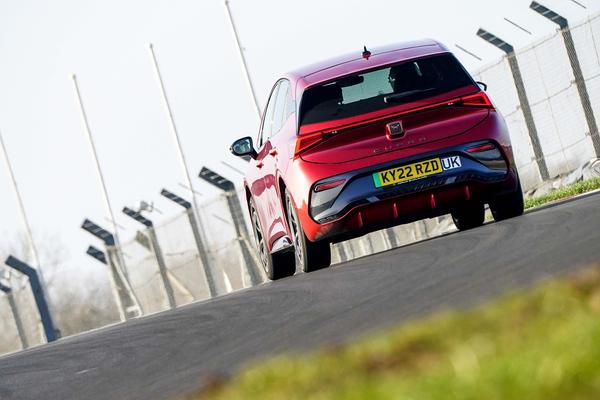Feature
Can you take an electric car on a track day?
A track day is a great way to hone your skills and enjoy your car’s performance in safety – even in an EV!
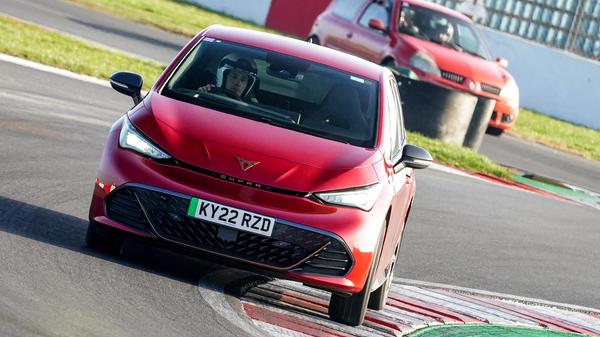

Words by: Dan Trent
Published on 16 February 2023 | 0 min read
The ability of even everyday electric cars to offer supercar-rivalling acceleration is one of the most exciting things about the EV revolution, and drivers are quickly getting used to having more performance than they could have dreamed of before. Even if opportunities to actually enjoy it safely and legally on the public road come, at best, fleetingly.
So, where can you go to really find out what your EV can do? Track days are one option, these being open sessions held at circuits all over the country, including some of the most famous venues in motorsport. This isn’t racing, though, and in fact any type of competitive driving is totally against the rules. Rather, it’s a chance to push your car in a safe and controlled environment open to anyone with a valid road driving licence. But can you do it in an EV? On the basis it’s sold as one of the first of a new generation of electric hot hatches we tested the theory with a Cupra Born we’re running on long-term test , taking it to a track day at Donington Park in the East Midlands. Here’s how it went, and what to do if you fancy trying the same in your EV. More: What is a track day? Track images by Lee Marshall/Autographic Photography, courtesy of MSV Trackdays
So, where can you go to really find out what your EV can do? Track days are one option, these being open sessions held at circuits all over the country, including some of the most famous venues in motorsport. This isn’t racing, though, and in fact any type of competitive driving is totally against the rules. Rather, it’s a chance to push your car in a safe and controlled environment open to anyone with a valid road driving licence. But can you do it in an EV? On the basis it’s sold as one of the first of a new generation of electric hot hatches we tested the theory with a Cupra Born we’re running on long-term test , taking it to a track day at Donington Park in the East Midlands. Here’s how it went, and what to do if you fancy trying the same in your EV. More: What is a track day? Track images by Lee Marshall/Autographic Photography, courtesy of MSV Trackdays
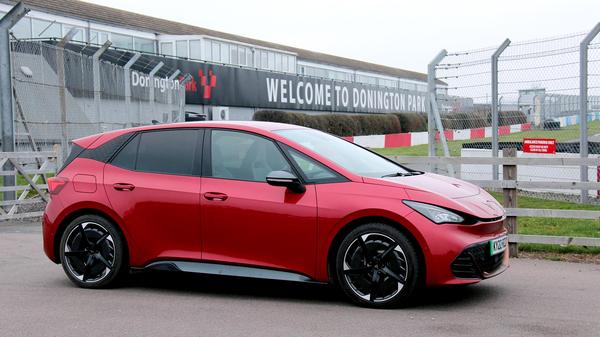
Is my EV suitable for track driving?
You can enjoy any car on a track day but, safe to say, one with a bit of grunt is probably going to be more fun. As an electric hot hatch our Cupra Born was ideal, and more exciting than the VW ID.3 on which it is based. There are plenty of fast electric SUVs and family cars out there as well, though you might find these a bit top-heavy through fast corners. We’ve previously enjoyed a Jaguar I-Pace at the Nurburgring, where it proved very effective. And something like a Tesla Model 3, a Kia EV6, Hyundai Ioniq 5 or a Polestar 2 would all be good fun. It goes without saying performance EVs like the Porsche Taycan and Audi E-Tron GT are also amazing on a circuit.
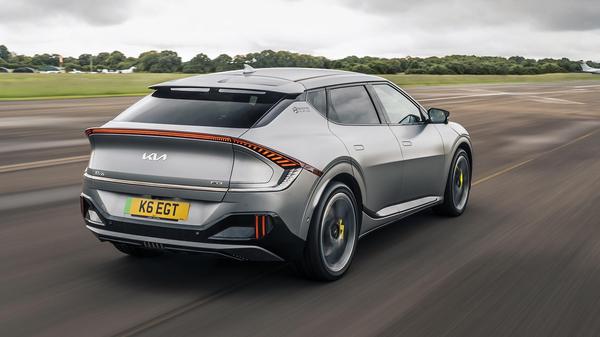
When do I go?
Track days usually start first thing in the morning and it’s important to be there on time to get yourself and the car ready, sign on, attend the safety briefing and join the ‘sighting laps’ where you’re guided round at low speed by an instructor so you know which way the circuit goes. Of course, in an EV you’ve got the added complication of wanting to arrive with as much charge in the battery as possible. Donington’s location close to the M1 and the nearby services meant we were able to do just that, grabbing an early coffee and breakfast while the car charged ready for the day.
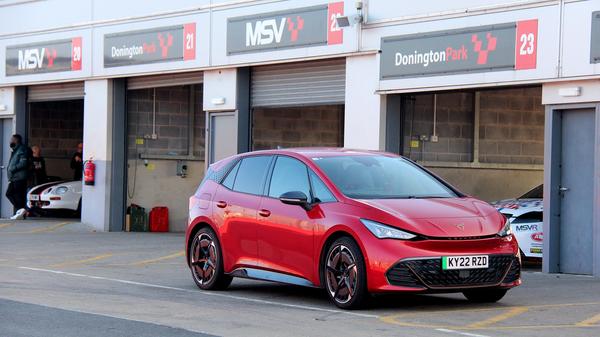
Getting ready
Make sure you’re allowed to take the car on track and be aware you may be liable for any damage or additional wear and tear. You also need to accept your road insurance won’t be valid, and if the car gets totalled it’s your responsibility to cover any costs, including outstanding finance. While it’s expensive you can get specialist track day insurance, but make sure you arrange that before the event, and you’re satisfied with the level of cover and financial risk. Assuming you’ve got the grown-up stuff sorted once you arrive you need to get the car ready by removing ALL loose items from the interior so you don’t get distracted by things flying round inside, fitting the towing eye to the front in case you need pulling out of a gravel trap, securing any luggage in the boot and checking your tyre pressures. If you want to film your exploits you need to have a proper fixed mount in the car and don’t ask your passenger to film it on their mobile – using any sort of handheld camera will get you a firm telling off from the circuit marshals.
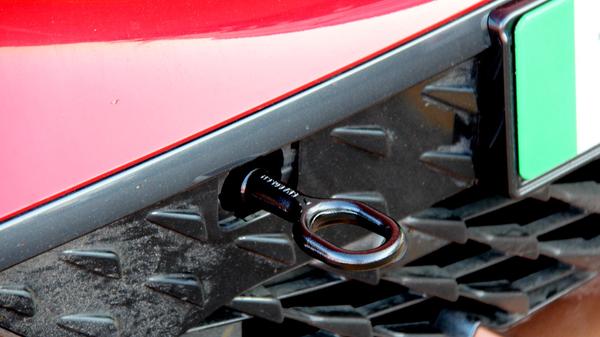
Paperwork
Like any track day you need to show your licence when you sign on, and for our Cupra we were given a special ‘e’ sticker for the windscreen to show it didn’t need a noise test and so the safety marshals knew it was an electric car should they have to attend to it in an emergency.
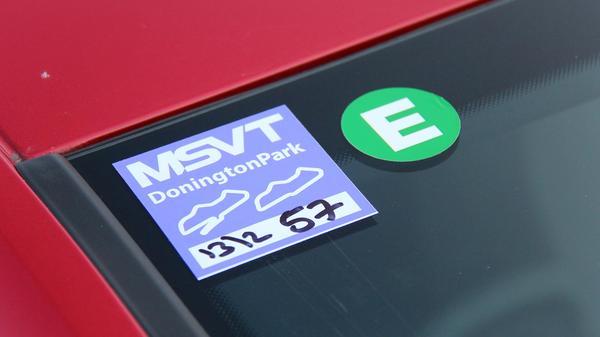
Hitting the track
If you’re used to performance cars with noisy engines driving round a track in total silence in an electric car is a bit of a surreal experience! While you get used to it, we found the lack of engine noise and punctuation of gearchanges meant we had to pay closer attention to how fast we were going, especially when it came to knowing when to brake for the corners or what speed to carry round them. Many tracks will put cones or ‘Brake!’ boards out to help but, even if they do, it’s important to have some sort of visual reference like a gantry, kerbing or similar fixed point so you know when to slam on the anchors!
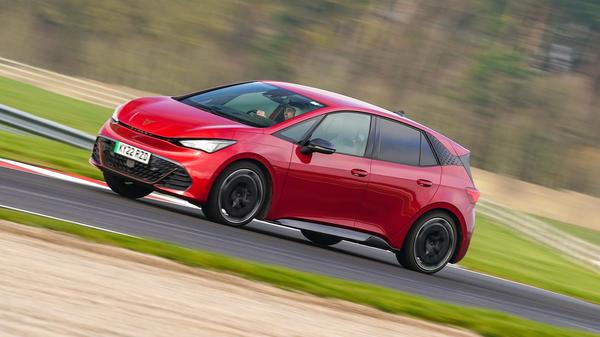
Feel the squeal
With no engine noise the only sound you’re likely to hear in your EV on a track is tyre squeal – and lots of it! Don’t worry, this is normal but also a warning that your tyres are under more strain than they would be on the road. They might also get hot, raising the pressures, reducing grip and increasing wear. With the Cupra we did a couple of sessions and then checked the pressures with a handheld gauge. Don’t be surprised if this comes up way higher than the recommended figure in the handbook or on the sticker inside the door, and be ready to adjust them down to this number if required. Electric cars are typically heavier than regular ones and work their tyres harder, so it’s important to stay on top of this. Don’t forget to pump them back up to the recommended pressures again once they cool down – you may get a pressure warning light on the way home when this happens but just pop in to a garage and top them up at an airline.
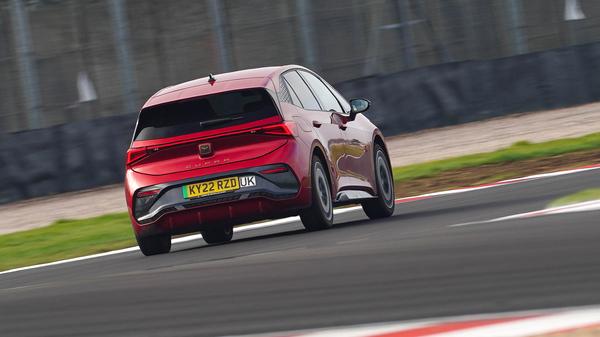
Take a brake
Track driving puts a lot of energy through a car, especially a heavy EV. So, keep your sessions short and make sure you give your overworked tyres and brakes time to recover by doing what’s called a ‘cool down lap’ before coming into the pits. This basically means coasting round at a relaxed pace while making sure you’re not getting in the way of faster traffic.
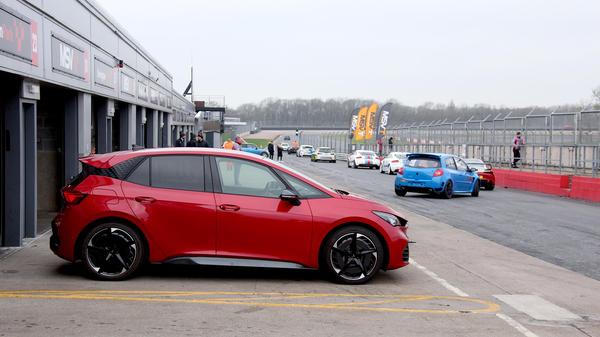
Charging and range
Just as you’d be using more fuel in an internal combustion engine car, going flat out on track will drain your battery much faster than driving on the road. By looking at the consumption on the Born’s dash we could see it was doing about 1.5 miles per kWh of charge, equating to about 1 kWh per lap. With a fully charged 77kWh battery that would do us for about 65 laps with enough in the bank to find a suitable rapid charger nearby. Thankfully for Donington that’s just down the road, but before booking in with a circuit do your homework and, if they don’t have one on site, make sure you know where the nearest one is. As it turned out the 95 per cent charge we arrived with was plenty for the morning session, and after a short queue at the services we were able to top up the battery while the track was closed over lunchtime.
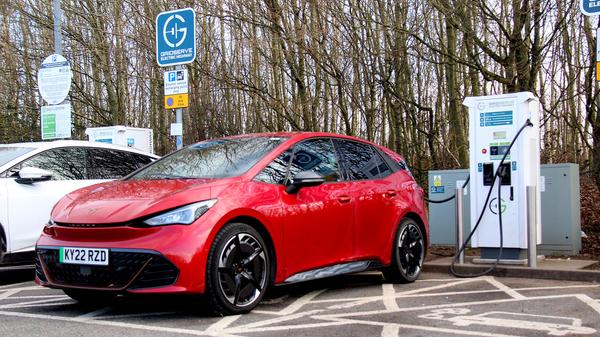
Driving an EV on track
While the basics of braking points and choosing the right line around the corner are the same in an EV the way you drive can make a big difference to the amount of strain you put on the motors, battery, tyres and brakes. Which, along with the nearby charging, is one reason we chose Donington. With a long downhill section we were able to ‘lift and coast’ to put some charge back into the battery, and by coming off the throttle a little way before each corner and before you get on the proper brakes you can squeeze more laps out of your battery than if you treat each lap like Max Verstappen on a death or glory qualifier. Sure, you might be a little slower this way. But you’ll get more laps for your money.
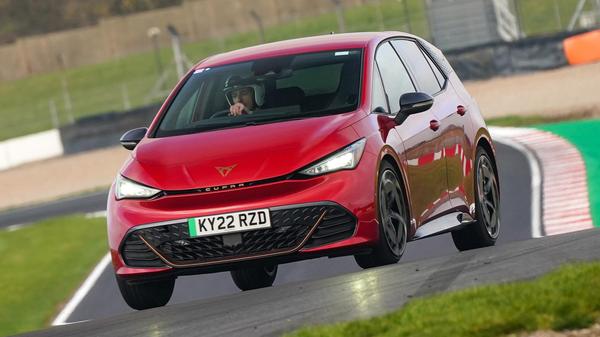
Get the drift?
Some EVs, certain Teslas and the Hyundai GV60 among them, feature drift modes but we’d advise against testing these out on a track day, on the basis if you’re not used to how they work you stand a good chance of spinning off the track and damaging the car. Which will cause no end of amusement to everyone else but potentially leave you with a long walk home and a big bill. Even you’re some kind of drifting god and that doesn’t happen expect a black flag and a proper telling off by the track day organisers, who take a dim view of showboating like this and may send you home. If, by some fluke, neither happens you’ll find it absolutely murders your tyres, which will be both expensive and potentially see you in trouble with the police if you get stopped on the way home on bald rubber.

Have fun!
Remember, you might be on a track but it’s not a race and you’re just there to improve your skills and enjoy your EV in a way you never could on the public road. If it’s your first time book a session with an instructor to help you get up to speed safely, don’t try for any lap records and just have fun!
